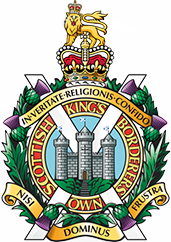The Scrapbook of A.H. Turner, 2nd Battalion, The King’s Own Borderers
It was Saturday the 22nd of April, 1863, Edinburgh. The 25th Regiment held an extravagant ball at the Assembly Rooms, lavishly decorated, decadently catered for, and attended by a host of the ‘great and good’ of society. A scrapbook from the time, created by Lieutenant A.H. Turner of the 2nd Battalion KOB, contains an article which describes the event in detail.
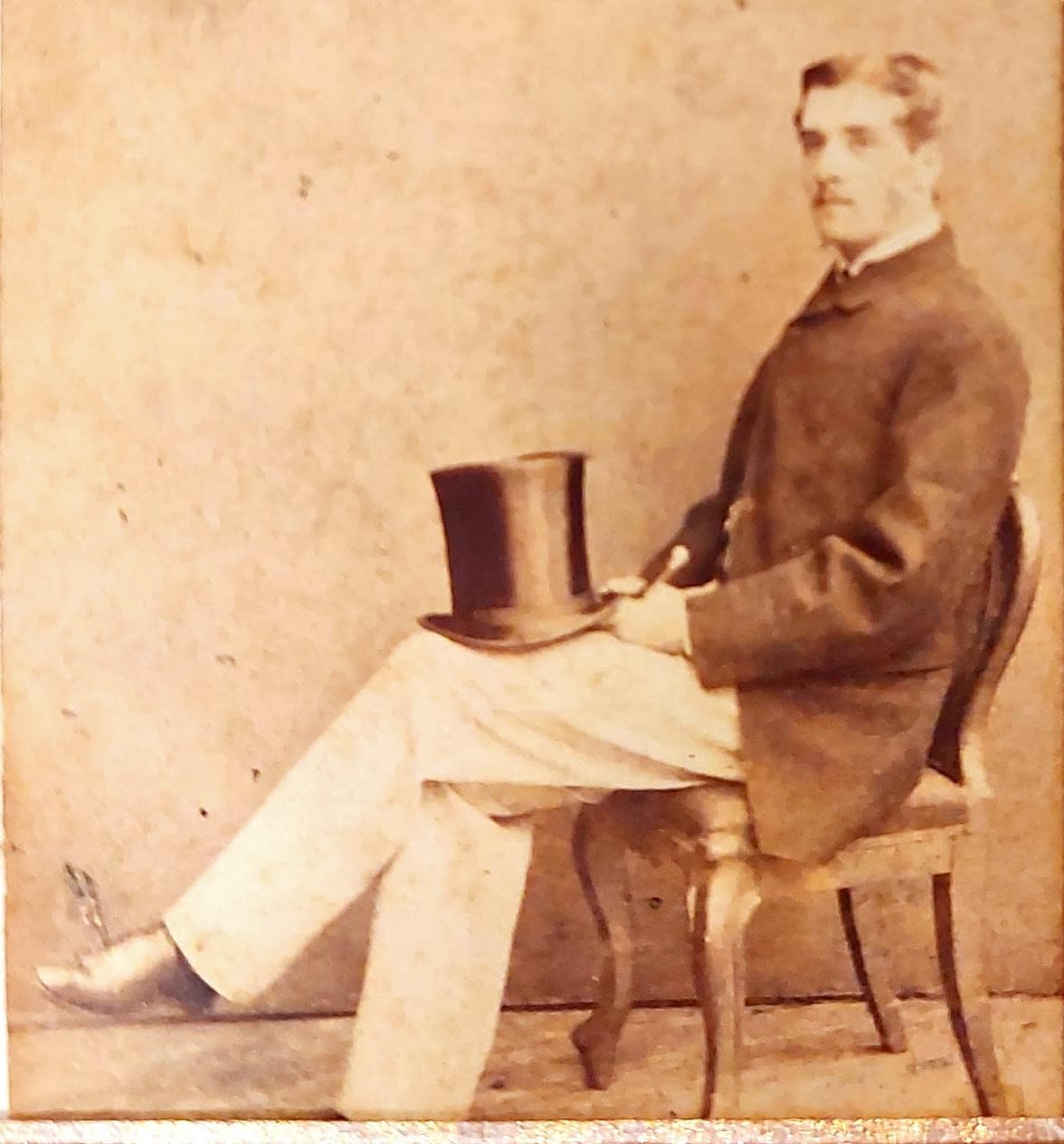
‘Last night, a ball was given by the officers of the 25th Regiment (King’s Own Borderers), in the Assembly Rooms, which was attended by a large and fashionable assemblage. The rooms were decorated in a most magnificent manner by Mr Scrygeour, George Street. The entrance from George Street was fitted up with an awning of pink and white cloth, and in the centre were the figures “25” and a Scotch thistle in gas. Sentinels were stationed in the vestibule, and at the end of the passage, facing the door, stood a mail-clad figure. The staircases were laid with crimson and decorated with the national flags and piles of arms. The windows over each balcony were filled with circles neatly formed of bayonets, swords, pistols, and pieces of armour, in the centre of which was a Scotch thistle in gas. At the top of one of the stairs, a small ante-room, leading into the ballroom was neatly fitted up to represent a military tent, and had a gilded pedestal on the centre of the floor, surmounted by an illuminated crown resting on a red velvet cushion.’
All of this took place just days before the presentation of new Colours to the 2nd Battalion of The King’s Own Borderers. The plan had originally been to hold a military parade in honour of the consecration of the old Colours on the 21st of April, but this then had to be postponed due to horrendous rainfall. The presentation of the new colours took place on the 25th of April.
‘On Saturday, the 2nd battalion of the 25th Regiment (King’s Own Borderers) was presented with colours by Lady Juliana Walker, the wife of Major-General Walker. The ceremony took place in the Queen’s Park, in the presence of the other garrison troops and a large number of spectators. The Royal Artillery, with a battery of six Armstrong guns, and ammunition and lumber waggons, took up a position on the rising ground overlooking Parsonsgreen while the Scots Greys kept the parade ground clear for the movements. The south side of the parade ground was lined with a crowd of people, while numbers witnessed the display from the adjoining heights. The weather, which was somewhat dull and threatening in the earlier part of the day, turned out propitious.’
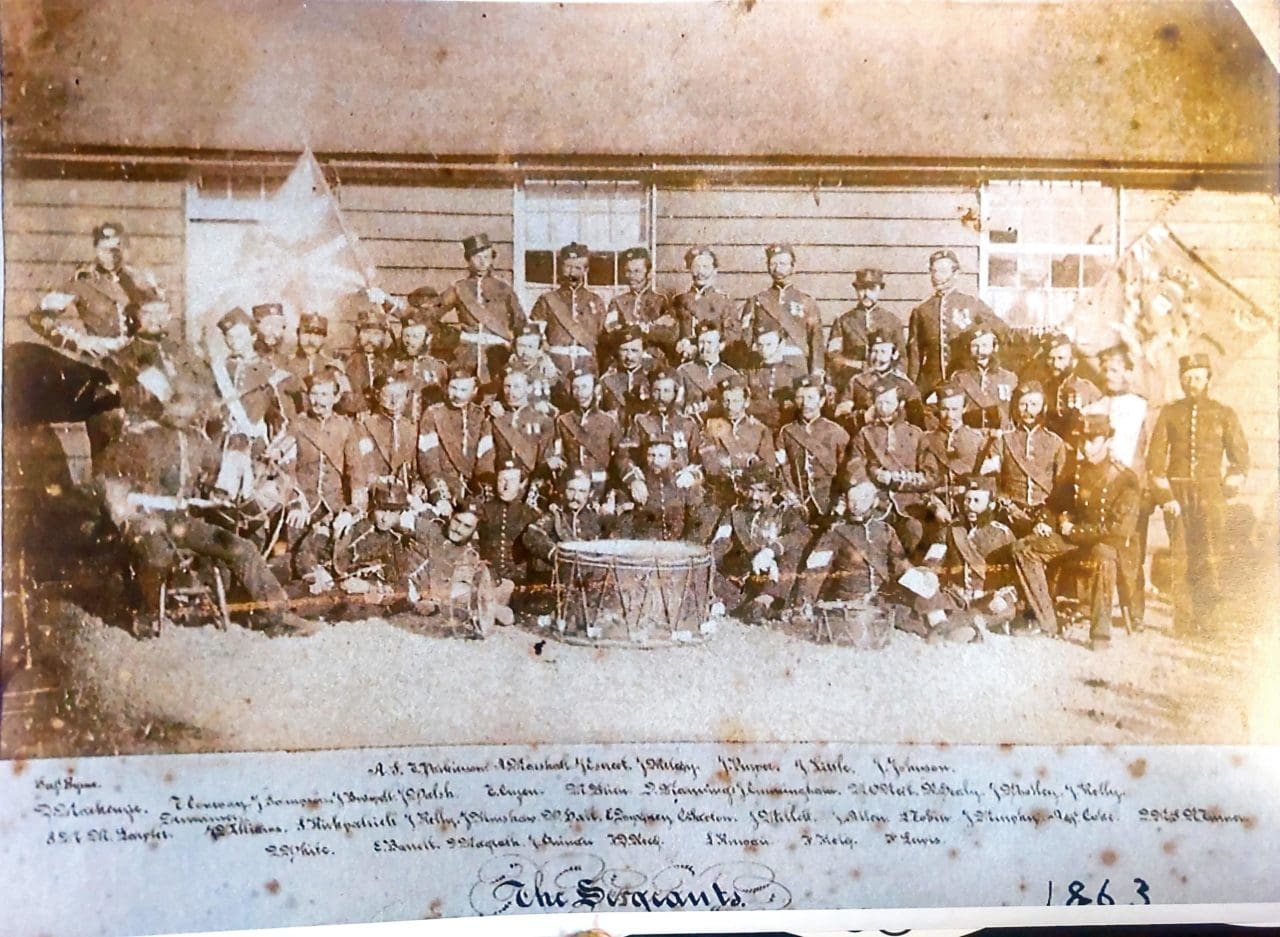
The book itself is filled with articles, dance invitations, dinner invitations, poems, pictures and songs. Lieutenant Turner’s commission scrolls, dated the 7th of November 1862 and the 15th of May 1866, are also neatly folded inside. There are pressed flowers attached to the pages, along with the date and location at which they were collected. Lieutenant Turner has also neatly cut out the various ornate designs of Regimental letter heads and decorated many of the pages with them.
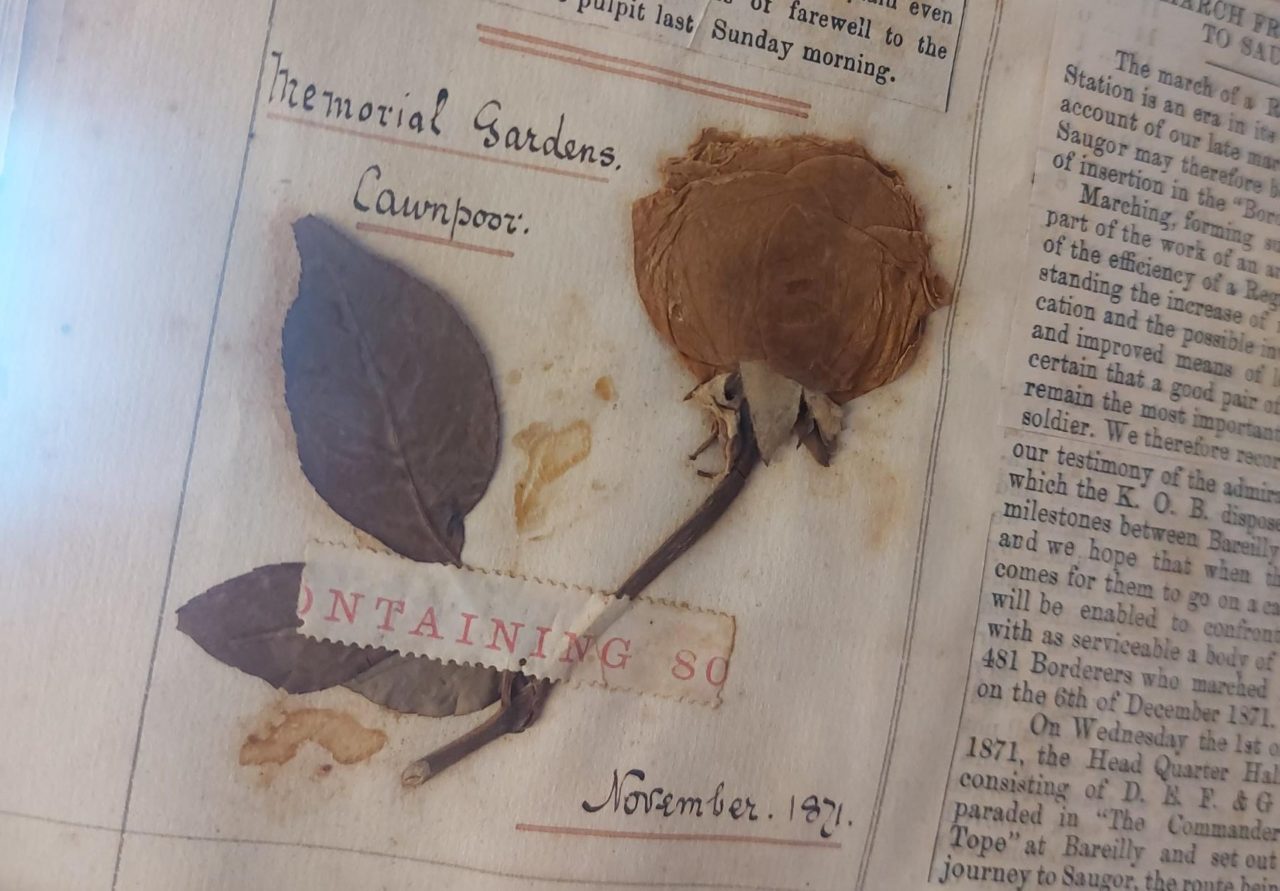
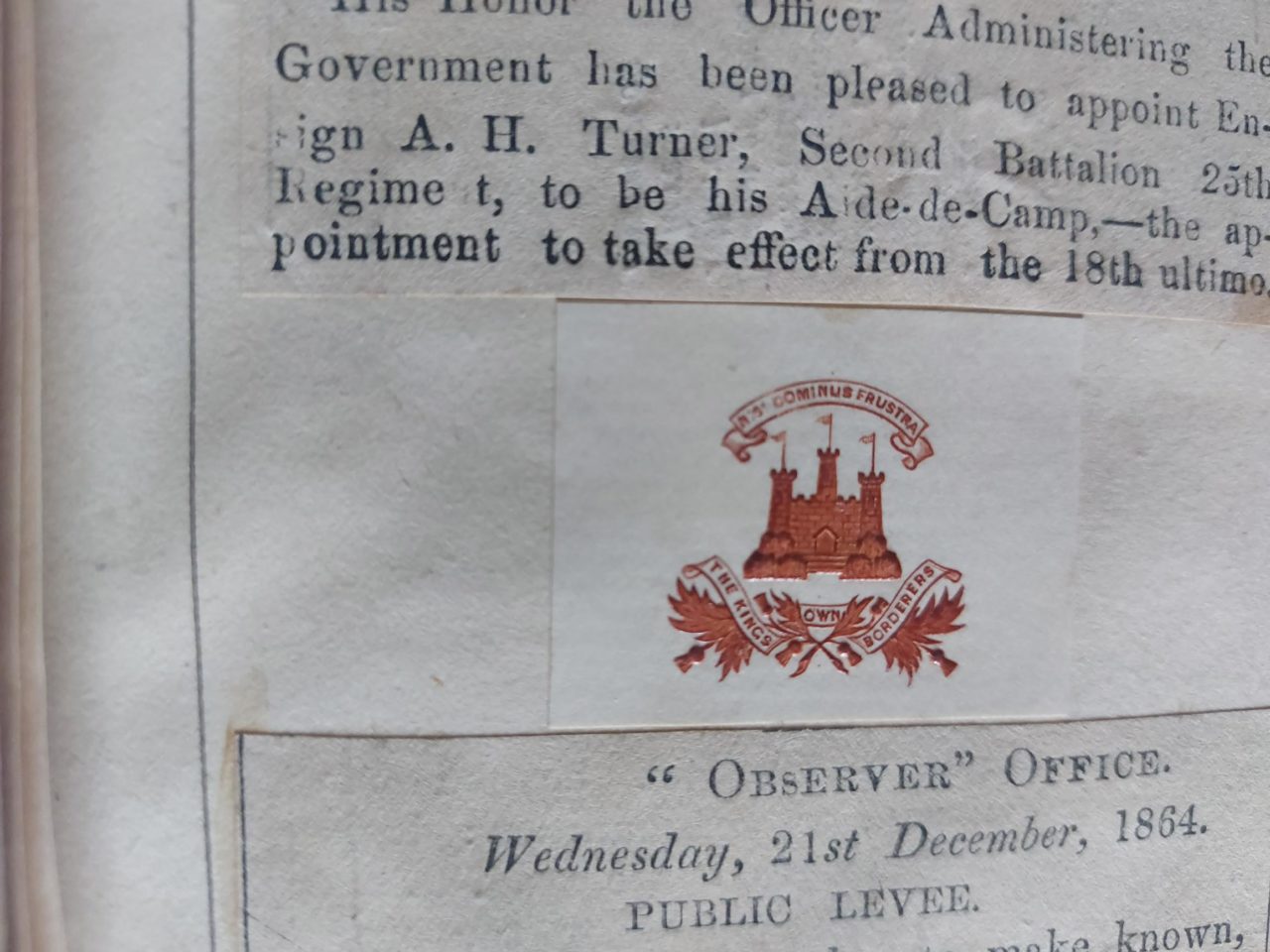
The items fall into chronological order, providing an excellent account of the time. Details of a ‘Fearful Accident on the Ceylon Railway’, the private sale of a horse named ‘Blazes’, and an advert entitled ‘Wanted – A Wife’, placed by a 23 year old coffee estate superintendent. There is also a short article reporting the scandal of an officer and the wife of another officer being caught alone together, and how the two officers had to settle the matter between themselves. One page features two articles reporting the deaths of Quarter Master Kettyles and Ensign James. It would seem that Kettyles left Ceylon on sick leave but died in the Red Sea. Ensign James took over his post but, soon after, fell victim to a similar fate. He was taking part in a regatta on a lake when his hat fell into the water. The man who was with him jumped in to retrieve it but fell into difficulty. James went in after him but then tragically drowned, sinking in the lake which then had to be trawled to recover the body.
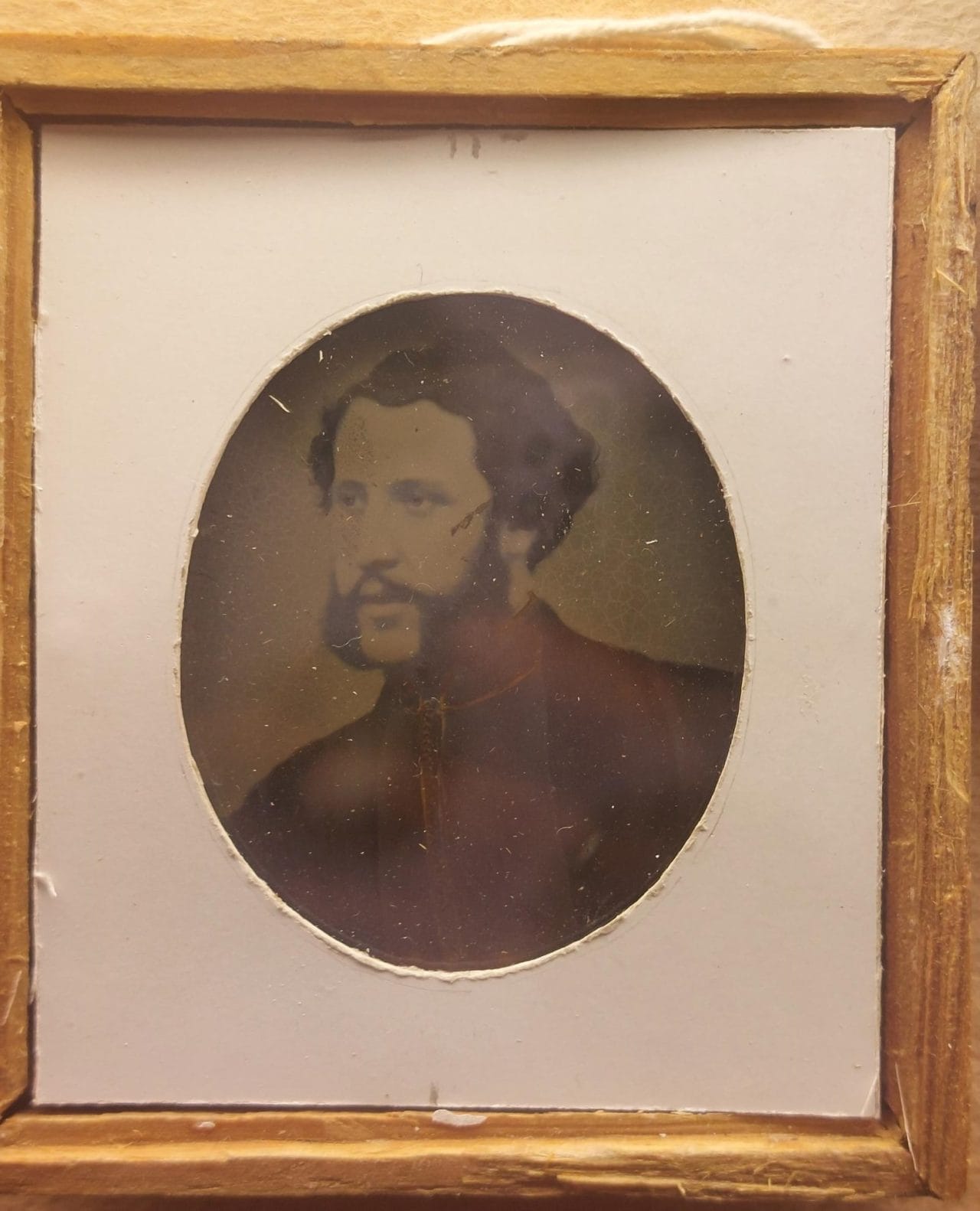
As the scrapbook continues, it would seem that Lieutenant Turner becomes the editor of The Borderers’ Chronicle. The introduction to the 1926 Chronicle tells us that ‘The first Borderers’ Chronicle was published by the 2nd Battalion at Bareilly, India, in 1871, and continued until 1874, when the Battalion moved to Aden’. Location, battalion and time-wise, this would all fit with Turner becoming its editor. A letter to Turner, dated the 28th of January 1872, is simultaneously complimentary and insulting. The writer complains that the articles are ‘very few’, although they have both ‘style and interest’. He complains about the smallness of the paper and that its rates are increasing but then compliments Turner on the ‘pleasing and heartfelt’ nature of his articles. The scrapbook forms a wonderful record of military life at the time, particularly for those in the 2nd Battalion of The King’s Own Borderers. It covers everything from sporting events to tragic and untimely deaths, poetry and songs to scandalous liaisons. It would seem that Turner felt compelled to record and catalogue his life and the lives of those around him, so it is fitting that he ends up becoming the editor of The Borderers’ Chronicle.
Post Script: The first paragraph of the 1926 Chronicle tells us that ‘The Borderers’ Chronicle was one of the first Regimental Newspapers in the Service – the forerunner of a great school of imitators – and was certainly the very first to be printed and published in India. It is fitting, therefore, that the Borderers should again have their Chronicle, and it is devoutly to be hoped that it will never again be permitted to lapse.’ This noble tradition has continued ever since, with the baton being passed from editor to editor and currently being upheld with the highest level of commitment by Major (Retired) Lance Thornton.
